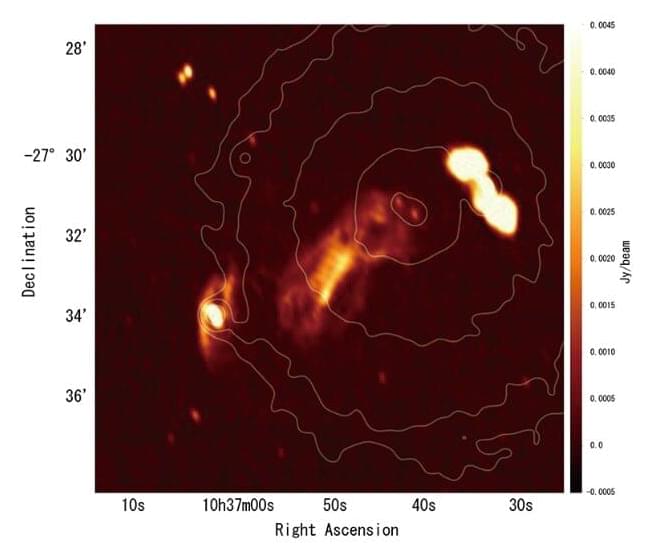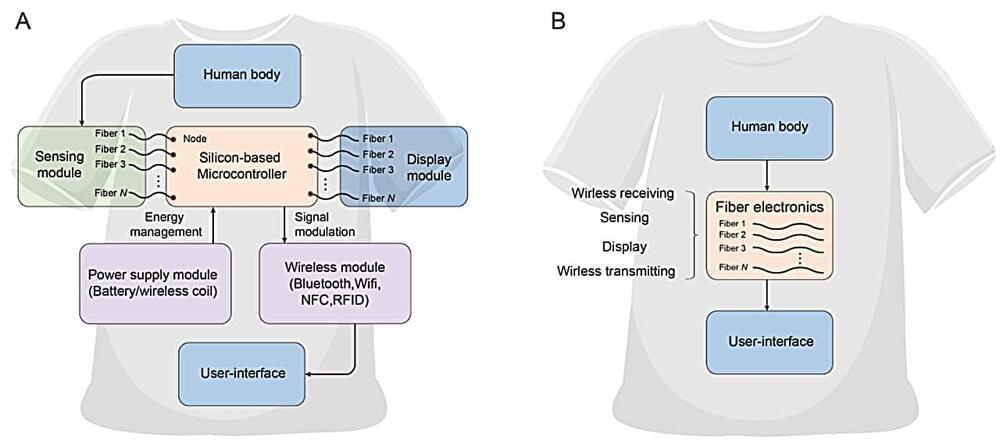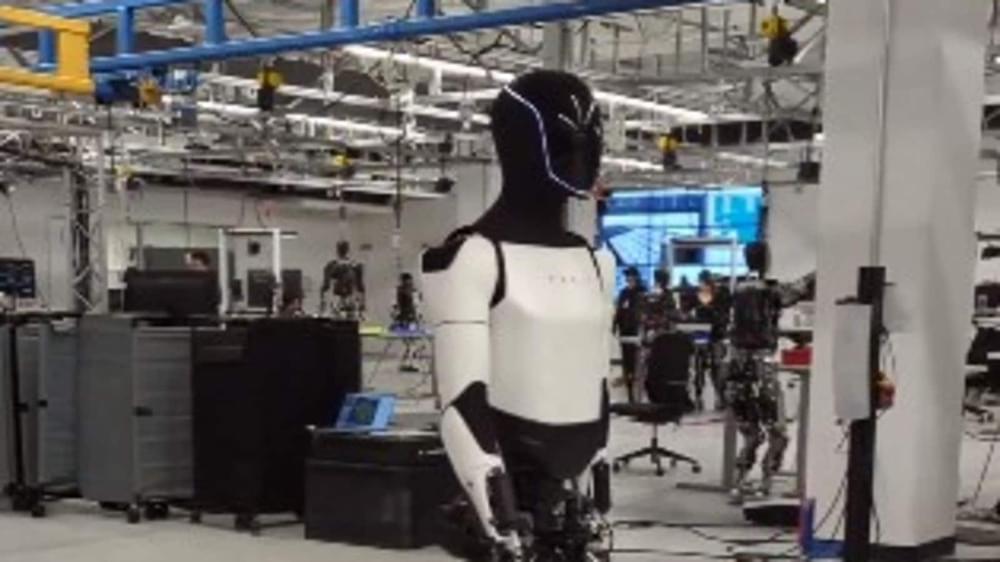The discovery and ongoing research into neutrinos have significantly altered the foundational concepts of particle physics, highlighting the particles’ mass and challenging the accuracy of the standard model.
In the 1930s, it turned out that neither the energy nor the momentum balance is correct in the radioactive beta decay of an atomic nucleus. This led to the postulate of “ghost particles” that “secretly” carry away energy and momentum. In 1956, experimental proof of such neutrinos was finally obtained.
The challenge: neutrinos only interact with other particles of matter via the weak interaction that is also underlying the beta decay of an atomic nucleus. For this reason, hundreds of trillions of neutrinos from the cosmos, especially the sun, can pass through our bodies every second without causing any damage. Extremely rare neutrino collisions with other particles of matter can only be detected with huge detectors.






